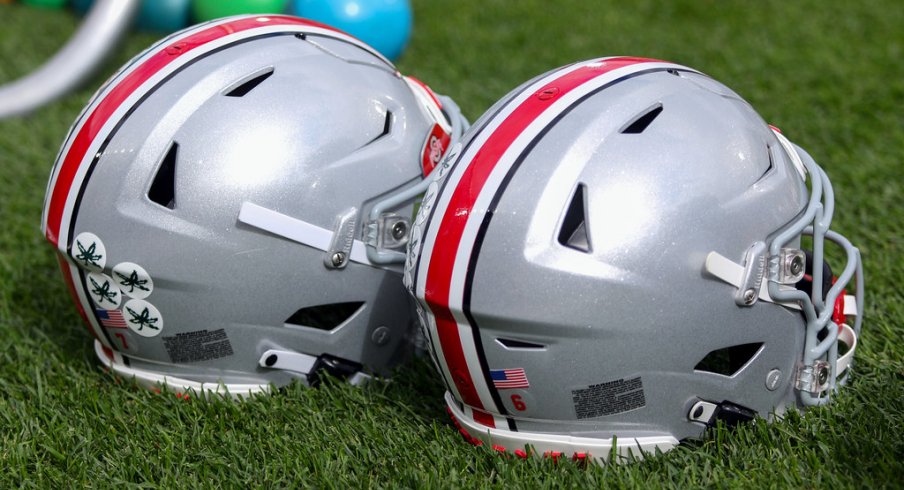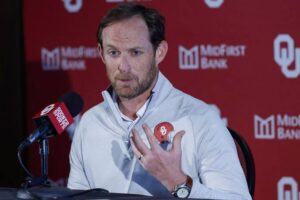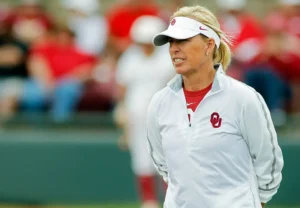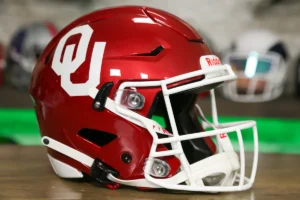
Instead of selecting a successor from Gene Smith’s administrative circle, Ohio State looked beyond and chose a new athletic director, as highlighted in the Buckeye Take. It appears that Smith and Ross Bjork may share common values and strategies; however, from an external perspective, the decision to hire the current Texas A&M and former Ole Miss athletic director seems like a deliberate departure from the network of proteges that Smith had spread across the country.
One of the reported finalists for the position was Washington State’s Patrick Chun, and some influential individuals connected with him during his tenure in fundraising and development expressed disappointment at his non-return to Columbus.
The argument for continuity was straightforward. Ohio State boasts the largest athletic department and generates significant revenue, with its brand holding considerable weight in the Big Ten and the NCAA. Smith’s vision played a crucial role in building one of the nation’s healthiest athletic programs. Selecting someone who worked under Smith during this growth period would have provided familiarity, comfort, and security.
However, the decision to bring in a new voice reflects wisdom, considering the uncertainties ahead in college athletics. Potential changes, such as treating athletes as employees and schools directly paying players, are on the horizon. Navigating these changes may require a different mindset, and it raises the question of whether someone from a similar background would resist or embrace these shifts.
Ross Bjork, the new athletic director, lacks extensive Big Ten experience, with a stint at UCLA being the closest on his resume. Ohio State doesn’t need an AD replicating its past standing in the Big Ten but one ready to lead it into the future of the conference.
Gene Smith did not necessarily groom administrators to follow in his footsteps but aimed to develop diverse leaders to reshape college sports. Bjork, despite baggage from his handling of football coaching situations, is known for accessing financial resources for facility upgrades and robust name, image, and likeness opportunities. He now faces the challenge of proving he can replicate this success at Ohio State, an institution with a more cautious NIL approach and reluctance to cede control to boosters.
Inheriting a challenging role, Bjork must prepare Ohio State for uncertain challenges, with the university opting for true change amid a transitional period in college sports.





